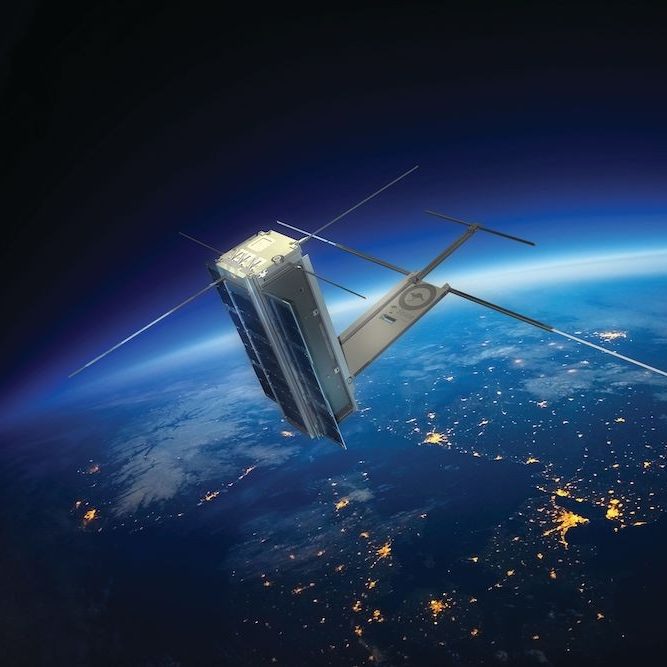M1 Mission

The second UNSW Canberra Space satellite, M1, was the first in a three-mission collaboration between UNSW Canberra Space and the Royal Australian Air Force. The cube satellite was launched by a SpaceX Falcon 9 launch vehicle from the Vandenburg Air Force Base in California as part of a rideshare payload in December 2018. The mission aimed to push the boundaries of small space technology for the Royal Australian Air Force and Australian space sector, with a focus on rapid development and the application of software-defined radio technologies to maritime surveillance.
Despite considerable effort and a rigorous analysis, we were unable to communicate with the cubesat after launch. This was an obstacle – often encountered in the development of space capability – that provided an opportunity for lessons learnt, team growth and the strengthening of our skills and technology.
This series of missions is about tackling the challenge of taking emerging technology and getting to the point where we safely and reliably operate them in the harsh environment of space. It’s about embracing the associated risks and opportunities and growing Australian skills and capabilities in the process.
The lessons learnt from M1 inform every aspect of our space mission development.
M1 exemplifies the importance of flying often and how every mission offers a multitude of learning experiences. M1 paved the way for the M2 Pathfinder mission – a satellite that UNSW Canberra Space developed from conception to launch in just 10 months. It included an extremely rigorous and intensive campaign of testing to ready the satellite for operation in space. M2 Pathfinder is currently orbiting the Earth and successfully delivering growing flight heritage for UNSW Canberra Space and, in turn, paves the way for the missions to come.
